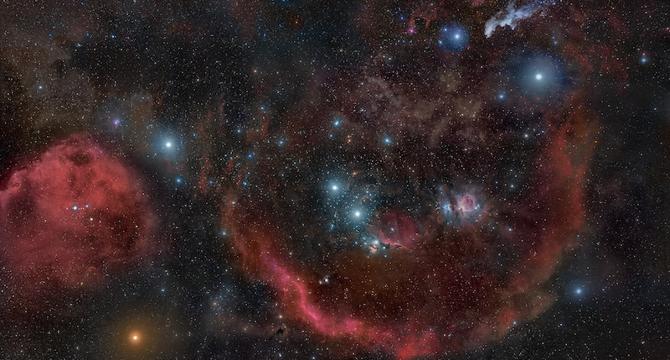Earthsky
1M
54

Image Credit: Earthsky
Solar system passed through Orion, says intriguing new study
- Our solar system passed through a star-forming region in the direction of the Orion constellation around 14 million years ago.
- During this passage, the solar system traversed the Radcliffe Wave, a gaseous structure in the Orion Arm of the Milky Way known for its stellar nurseries.
- The journey coincided with the Middle Miocene Climate Transition, potentially impacting Earth's climate through interstellar dust influx.
- The findings were published in Astronomy & Astrophysics on February 11, 2025, revealing the solar system's encounter with higher gas density.
- Scientists used Gaia mission data to trace the solar system's path through the Orion region, passing star clusters like NGC 1977 and NGC 1981.
- The compression of the heliosphere during the passage could have increased interstellar dust influx on Earth.
- Traces of radioactive elements originating from supernovae may exist in Earth's geological record due to this event.
- The passage through the Orion region roughly 14 million years ago coincided with a climate shift, though the exact impact is still under investigation.
- While the contribution of interstellar dust to Earth's climate transition is being explored, it's noted that the current climate change differs significantly in timescales and causes.
- This event highlights the potential influence of interstellar encounters on planetary climate over extended periods.
Read Full Article
3 Likes
For uninterrupted reading, download the app